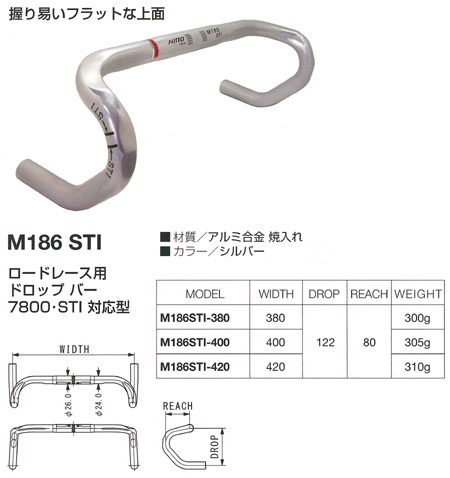Samuel D wrote:……….Thing is, I have no great faith that the affordable custom builders would make me a finely finished product in faultless accordance with my long list of minor instructions that they might not even agree with. And all that freedom might be enough rope to hang myself.
What are you looking for, Samuel?
I am in the enviable position where I can design a bike and somebody else pays for a prototype to be made, which I can then ride. However, you and I are generations apart and I am only likely to design the sort of bike which I might want to ride and which also might sell, althought those criteria can be poles apart.
So, like looking down the wrong end of a telescope, here are a few random thoughts, gleaned from here and there.
I just love the way this Rivendell is described as a practical bike with clearance for big tyres. It isn't, is it? The long list of people offering different braking solutions just emphasises these clearances won't work with mudguards and big tyres. Then theres the toe overlap...OK not a problem for everybody, but better without than with unless you want to restrict your market.
But you are using downtube levers, so "with one bound" you are free of the tyranny of road STIs and their associated brakes with fag-paper clearances....you could go straight to full-size Vee brakes which are unquestionably the best rim brakes.... or MTB disc brakes with their longer-pull, lower tension cable mechanics.
If you allow yourself to break away from carbon forks, you also escape the tyranny of the "standard" 45mm offset.
Spa's Audax is a pretty standard 45mm offset 72 degree head. If I must use 45mm offset, I personally prefer the extra stability of 71.5 degree head angle which gives you also a slightly shorter reach for the same front centre. For me, the Rivendell is going the wrong way, an extra 5mm offset equates to about half a degree steeper head angle.....I would certainly match that extra offset to a slacker head angle to give quieter steering and more toe room for the same reach. But with a steel fork you can have exactly what you want....a deeply unfashionable 55mm offset will match perfectly with 71 degree head angle......or 60mm offset with 70.5 degrees will provide a short reach frame with a long front centre. 45mm offset and 71 degree head is a bit slow-steering for me, although I could soon get used to it if I needed to manipulate reach and toe clearance.
Jan Heine is an advocate of short trail bikes. I remember reading where he enthused about how his short trail steering allowed him to dodge potholes and yet would bring him safely home when he was shattered. That's a case of having your cake and eating it. Short trail steering makes quick pothole-dodging easier, and you can easily slalom the cats' eyes riding no-hands. However, by the same token short trail steering is upset by random accidental steering inputs; that is anything from a tired rider accidentally leaning when they look away from the road in front, to the effects of sidewinds, road camber, and an unbalanced or shifting load. For a bike to take me home when I'm tired, I want stability, not excitement. Everybody talks about trail like its a one-number explanation of the whole of bike steering. I don't think its as simple as that. To me, a tourer with a 71 degree head is a quieter ride than a bike with the same trail from a steeper head and less offset. Maybe its the bigger tyres, maybe its the longer wheelbase, maybe its just because its what I have ridden for a lifetime. Theres certainly a feeling among traditional framebuilders that a steep head angle is less tolerant of mis-matched fork offset than a shallower head angle. Lots of touring bikes over generations have had 71 degree head angle and fork offset of a bit more than two inches. Just coincidence, maybe.
You mentioned chainstay length in passing..Spa's Elan has 440mm chainstays...longer yet than the Audax, to accommodate the conflicting demands of disc brakes and chainwheel/tyre/crank clearances, and so far nobody has complained! (now they will!). Originally, I resisted disc brakes, at my age I'm quite content with brakes that I understand, where I can get the wheel in or out in the dark with cold hands. But I was deflected by two things....the appeal of a new bike for my seventieth birthday, and also the thing rides so nicely. So now I am a fan of ovalized tubes. A bike frame ideally wants to be stiff laterally to resist pedalling-induced flex, and compliant vertically for comfort. This is a difficulty in a structure which is triangulated vertically and almost two-dimensional laterally. Ovalising the tubing in a couple of places has a definite effect on the lateral stiffness of the structure.

